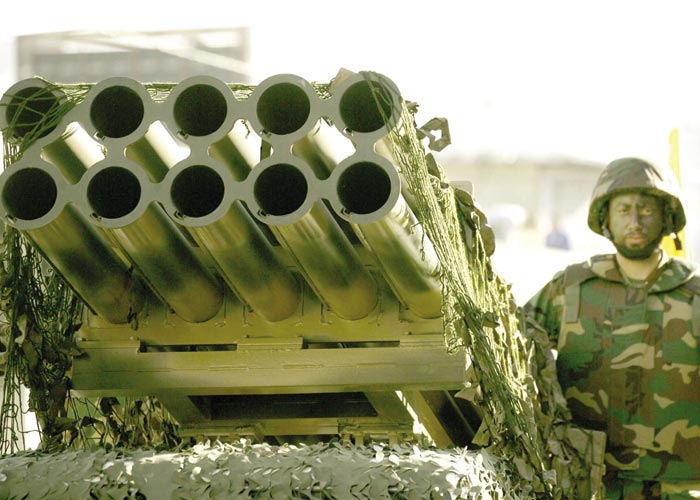Golan battles bring Hizballah near Israeli border معارك الجولان تقرب حزب الله من حدود إسرائيل
DEBKAfile Special Report June 25/2017
In the last 48 hours, Israel has conducted air strikes on and aimed tank fire at Syrian army positions near Quneitra’s northern suburb of Baath city, 3km from IDF Golan border defenses. (See map). Those positions were the source of the mortar shells that exploded on the Israeli Golan – 10 on Saturday, June 24 and three the next day. They came from a battle in which Syrian and Hizballah units were fighting off a Syrian rebel offensive around Quneitra.
The rebel militias set up a coalition to coordinate their offensive. It is dominated by the Hay’at Tahrir Al-Sham (HTS), which Damascus claims is an arm of Al Qaeda-Syria. In fact, it is an alignment of dozens of Islamist groups, some of which belonged and still do to Jabhat Fateh al-Sham – the former Nusra Front.
Fighting on the side of the Assad regime are the remnants of the Syrian army’s 90th Brigade, the Iranian Revolutionary Guards South Syrian command center, and the pro-Iranian Afghan Shiite militia. They are joined by members of Hizballah’s Southern Shield Brigade.
This brigade is made up of Palestinians, Druzes, Circassians and local Syrians, whom Hizballah recruited and has posted in Hermon villages ready to launch terrorist attacks inside Israel.
The battle around Quneitra was preceded on June 17 by the assassination of Majd a-Din Khalik Khaymoud, commander of the Southern Shield Brigade and his two lieutenants, who were caught in an ambush near the village of Khan Arnabah. No party took responsibility for this attack.
Then, on Saturday, June 24, the rebel coalition launched its offensive on the Syrian-Hizballah units at Al-Baath, boasting that they would not stop until they reached Damascus. Although they caught the enemy by surprise, they were unable to follow up with a rapid advance, because they were pushed back by superior fire power. Since the Syrian mortars were aiming their fire at the rebel units concentrated around Quneitra, i.e., from east to west, some of the shells spilled over the border into the Golan.
When the rebels saw they were falling short of their objective, they drummed up a more modest goal: It was to open a second front in order to lighten the pressure on a separate rebel organization which for nearly three weeks has been fighting off fierce assaults on their positions in the southern Syrian town of Daraa, close to the Jordanian border. Assad’s army, combined with large-scale Hizballah units and pro-Iranian forces, are therefore in full flight to seize control of Syria’s borders with Jordan and Israel.
Amman and Jerusalem therefore face a twin peril on the Daraa and Al-Baath fronts. Both are anxious to keep Hizballah as far as possible from their territory. But for now, both these warfronts hang in the balance and are undecided. Also undecided on how and when to react are Israel and Jordan. Hizballah is already 3km from the Golan border, although Israel’s government and military leaders have pledged repeatedly that they would be allowed to come in so close.






















